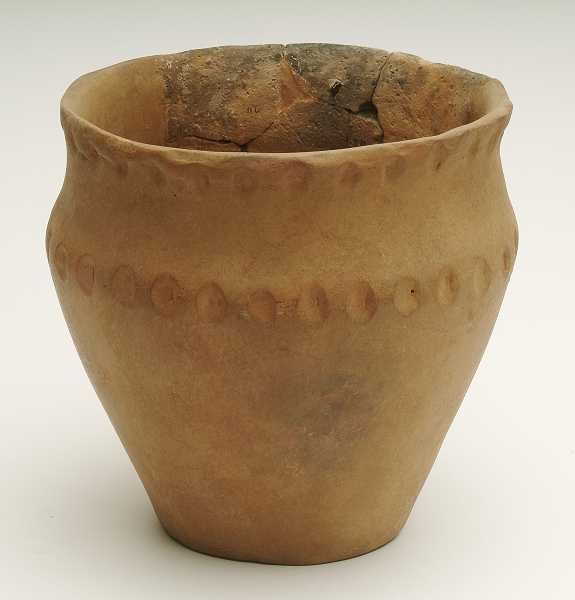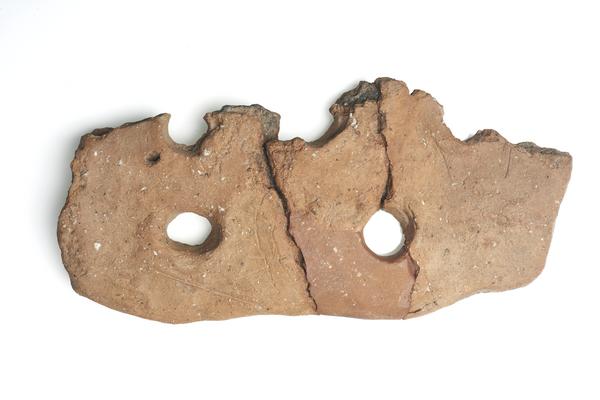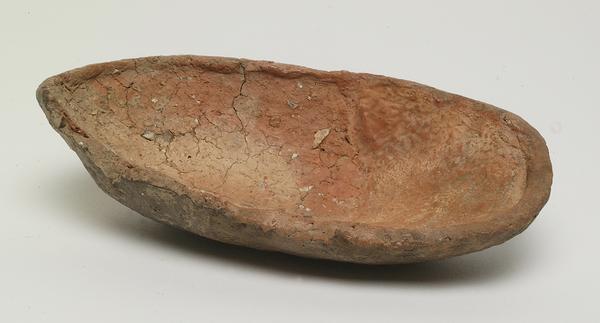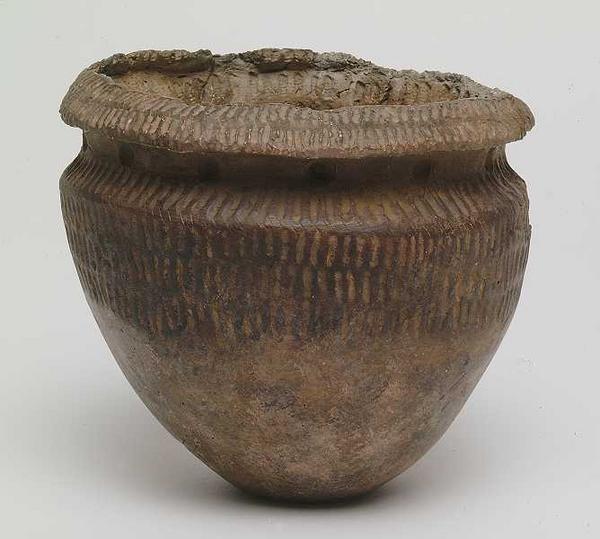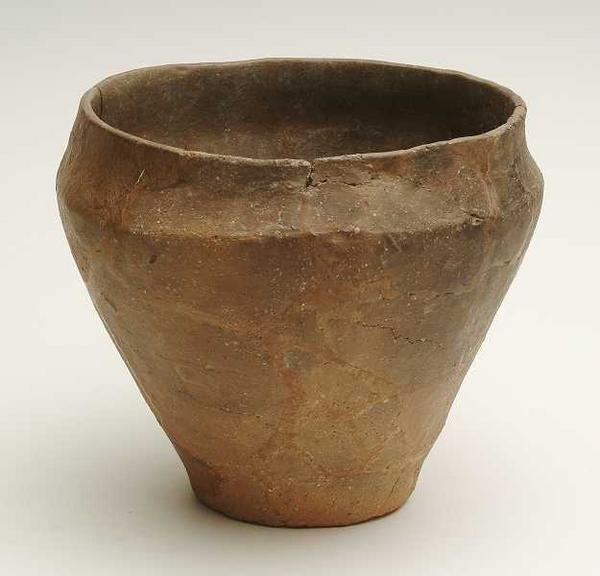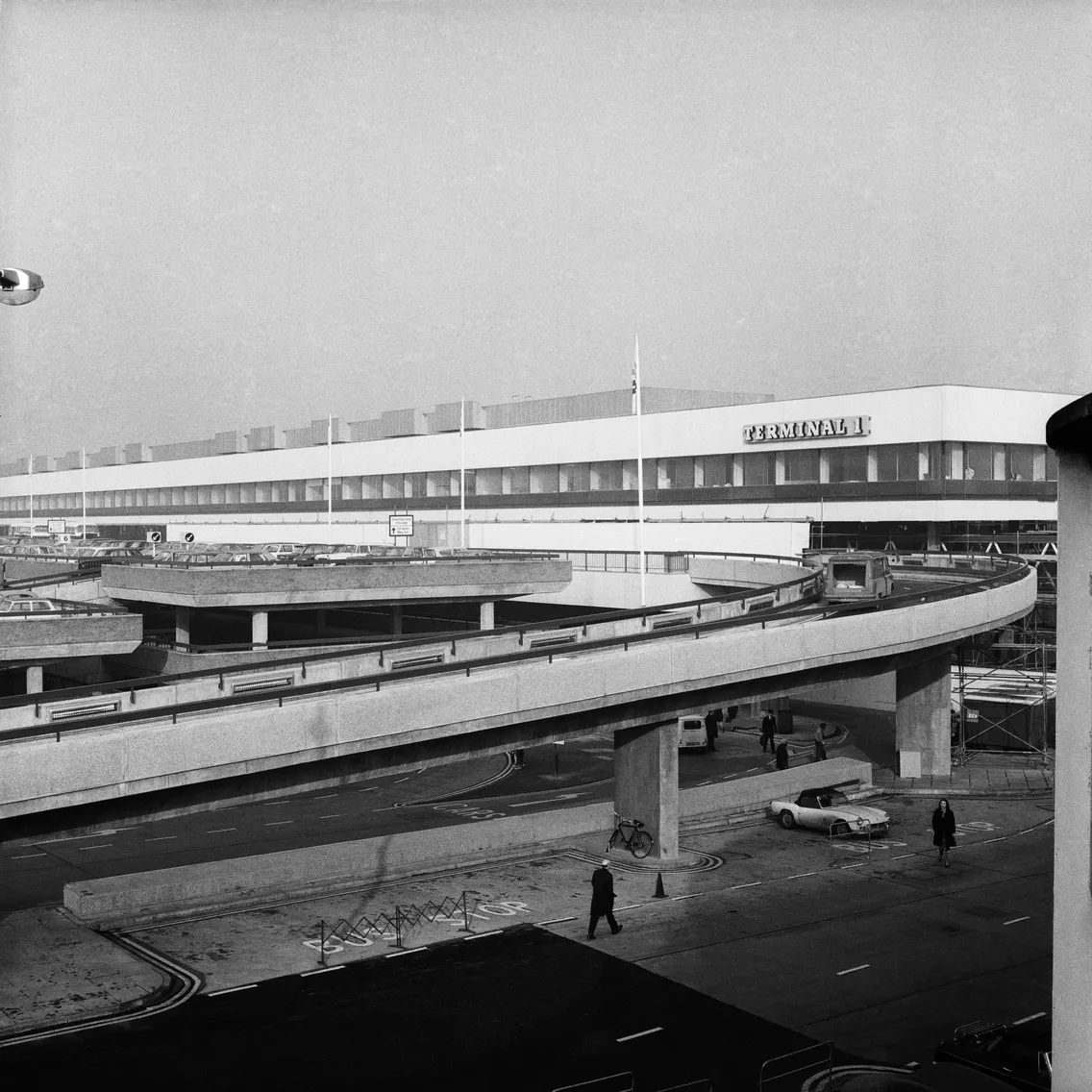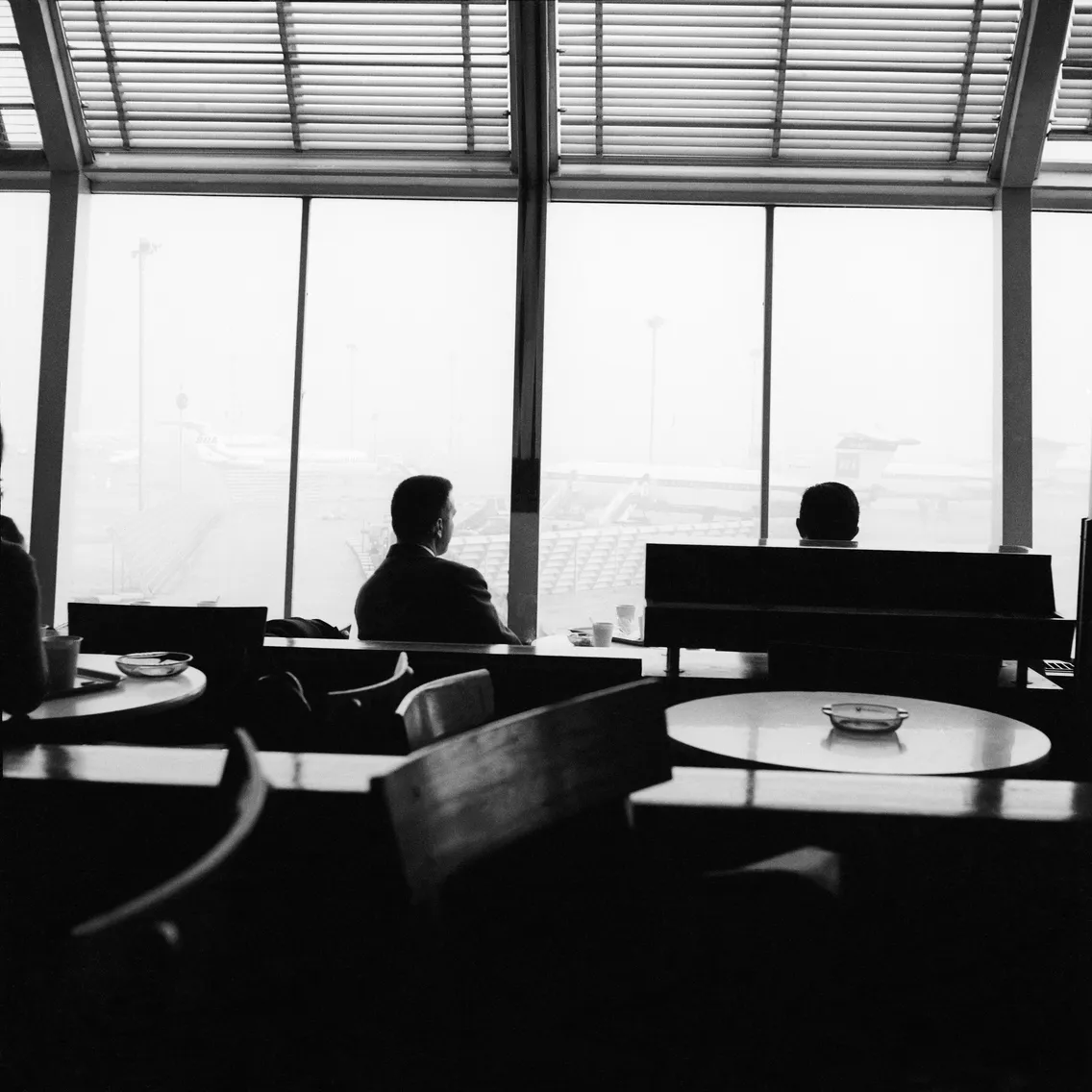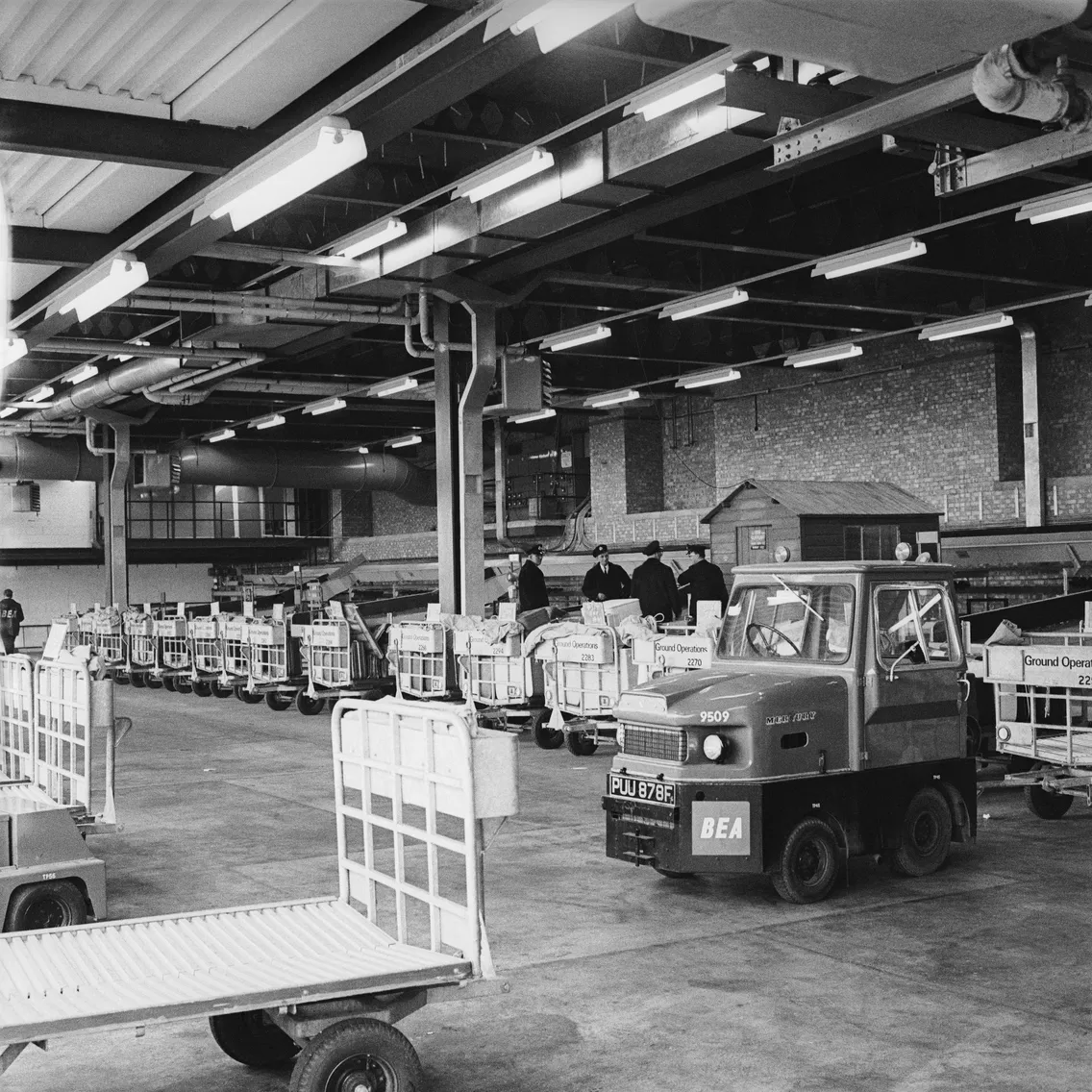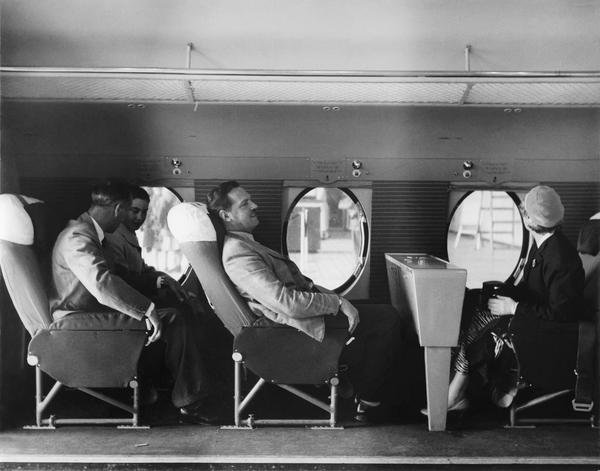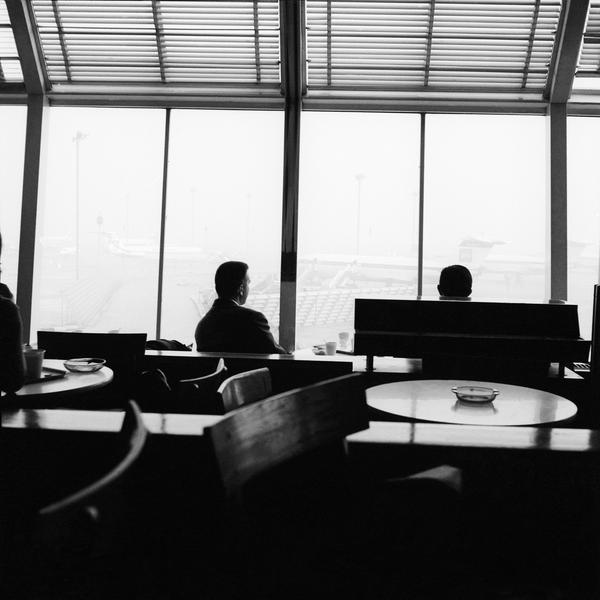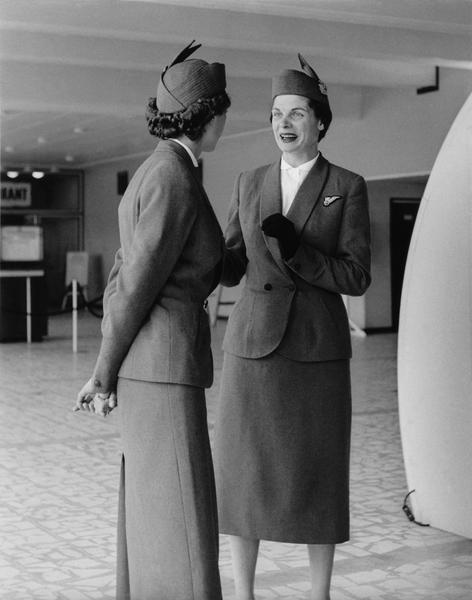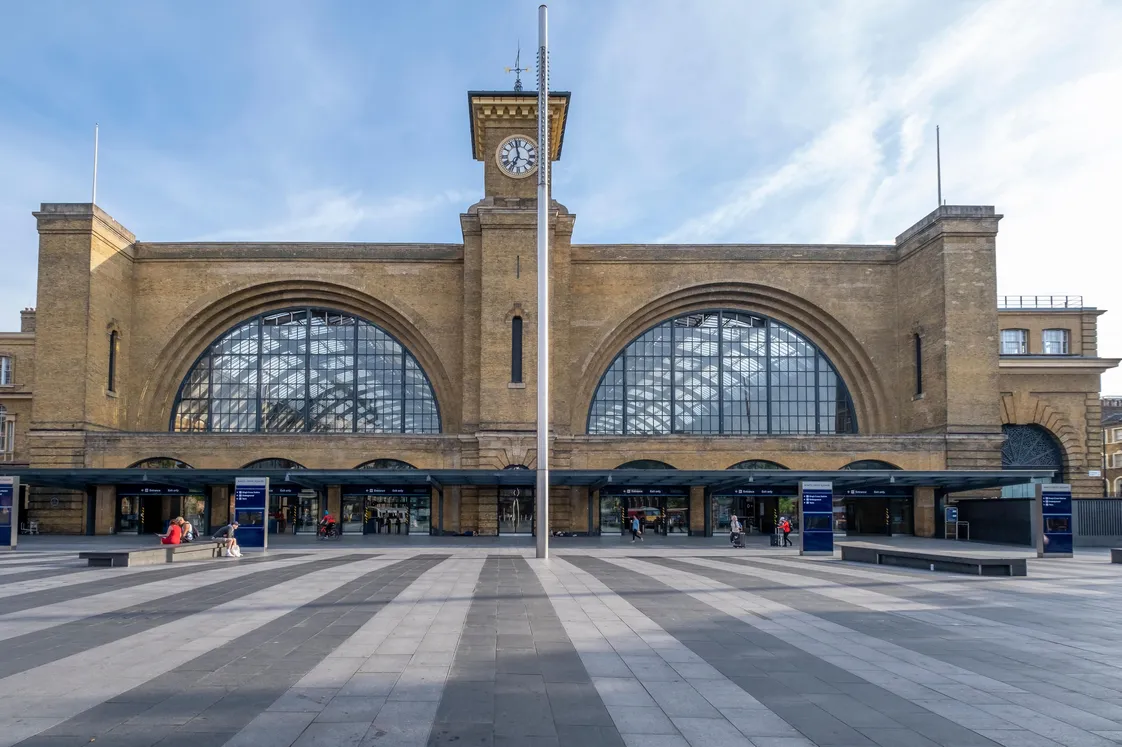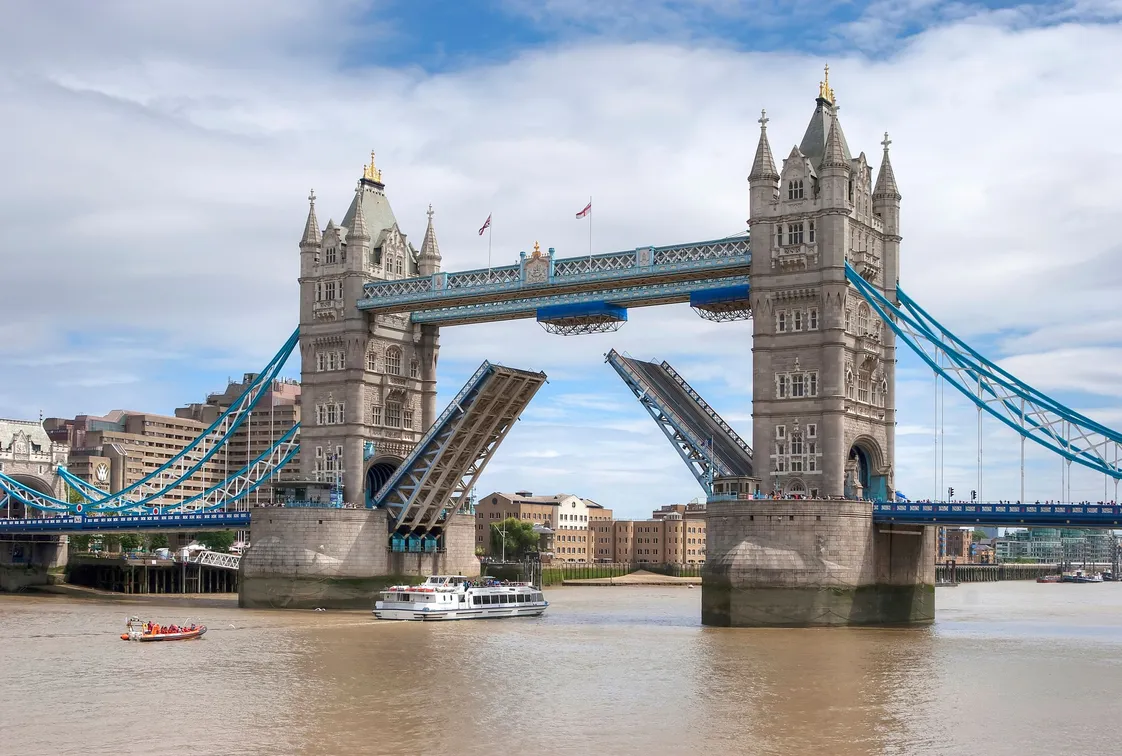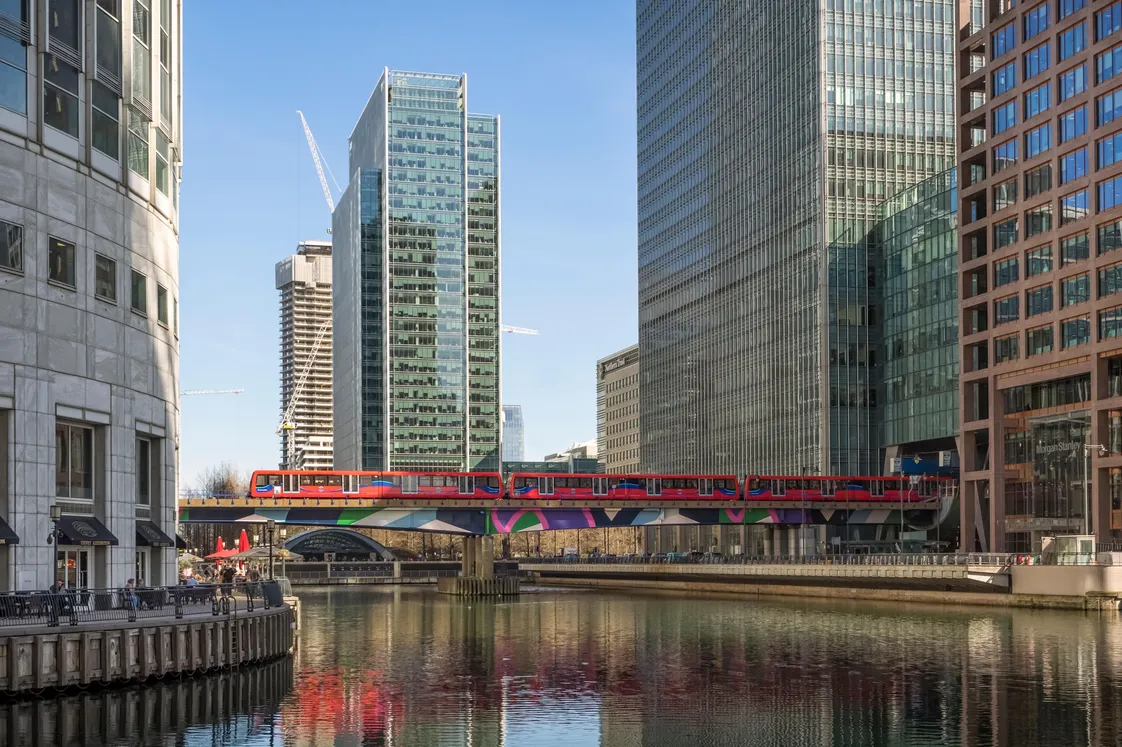A history of London’s Heathrow Airport
Heathrow Airport has been welcoming the world to London since 1946, with over 2.5 billion passengers arriving at its terminals in its first 75 years of operation.
Hounslow
Since 1946

Once farmland, now a gateway to the world
Heathrow is now one of the most famous airports in the world. But it might never have existed if it weren’t for a pilot called Norman MacMillan making an emergency landing in 1925.
A test pilot and officer for the Royal Air Force (RAF), MacMillan noticed the flat land, mainly used for market gardening, was ideal for a runway. He recommended the site to aero-engineer Richard Fairey, who used it to build a new aerodrome.
The site was taken over by the RAF during the Second World War. And in 1946, it started a third life as a hub for commercial travel. From rough and ready beginnings, Heathrow quickly grew in size and stature.
Wartime construction reveals some ancient history
In 1944, the existing aviation site, along with nearby farmland and the village of Heath Row, was requisitioned by the government. Residents were evicted and existing buildings demolished so work could begin to construct new facilities for the RAF.
Archaeological excavation ahead of this revealed the site of an Iron Age fort, given the name Caesar’s Camp. Many artefacts found during the dig are in our collection.
Repurposed for civilian use
When the war ended, the government designated Heathrow as London’s new main civil aviation hub, taking over from airports in Croydon and Northolt.
The first passenger flight, using a converted Lancaster bomber called Starlight, took off for Buenos Aires on 1 January 1946. The journey took over 35 hours.
Five months later, London Airport, as it was first known, officially opened to passengers. The terminals were old army tents, with wooden boards laid on the ground so passengers could walk across the field to their plane without getting their shoes muddy.
In its first year of operation, 63,000 passengers used Heathrow. By 1951, five years later, the annual figure was 796,000.

Heathrow Airport in the mid-1900s.
The golden age of jet travel
Commercial travel quickly moved on from its humble post-war beginnings, as purpose-built passenger airliners began to appear and more destinations opened up across the world.
At first, the cost of flying was beyond most people’s means. But as companies like Boeing and Lockheed developed new, increasingly bigger airliners, fares became more affordable.
“London Airport will I am sure continue to grow in importance as one of the world centres of air traffic”
Queen Elizabeth II, 1955
In 1955, Queen Elizabeth II opened Heathrow’s first proper passenger terminal, named the Queen’s Building. In her speech, she said “we may be certain that striking changes lie ahead” in air travel, but “London Airport will I am sure continue to grow in importance as one of the world centres of air traffic”.
It was designed by architect Frederick Gibberd and featured a public viewing platform on its roof. Inside, visitors could access a post office, cinema, lecture hall and restaurant.
Two years later, a Lockheed Constellation landed at Heathrow having departed Los Angeles just over 17 hours earlier. It was the first passenger jet to make the flight non-stop.
London Airport was officially renamed Heathrow in 1966. Terminal 1 opened in 1969, by which time it was handling five million passengers a year.
The site of aviation history
The following decade saw the launch of two of the world’s most famous aeroplane designs.
In 1970, Pan Am began flying the first Boeing 747 – commonly known as the Jumbo Jet – on its New York to Heathrow route.
Then in 1976, the iconic Concorde made its first passenger flights, departing simultaneously from London Heathrow and Paris Orly. This symbolised the cooperation between the UK and France, which had brought the aircraft into existence.

Concorde taking off.
A feat of engineering, Concordes could fly at supersonic speed – faster than the speed of sound. It cut the flying time between London and New York to around three hours. But ticket prices were so high that few people could afford it.
Heathrow was not only associated with aviation firsts. In 1977 the opening of the Piccadilly line extension made Heathrow’s terminals directly accessible from central London by Tube. This was the first service of its kind in the world from a capital city to its main airport.
The launch of the Heathrow Express rail service in 1998 cut travel time from central London even further, with the journey from Paddington Station taking just 15 minutes.
“the Brinks Mat robbery is one of the biggest heists in British history”
The UK’s largest port by value
Along with welcoming millions of passengers each year, Heathrow handles huge volumes of cargo. In 2022, 1.4 million tonnes of goods passed through the airport, making it the UK’s largest port by value.
In November 1983, an armed gang stole millions of pounds worth of gold bullion from a warehouse on the Heathrow International Trading Estate. Known as the Brinks Mat robbery, it’s one of the biggest heists in British history. A huge police investigation failed to recover most of the gold.
With its vast passenger and cargo transport services, Heathrow is one of the largest single-site employers in the country.
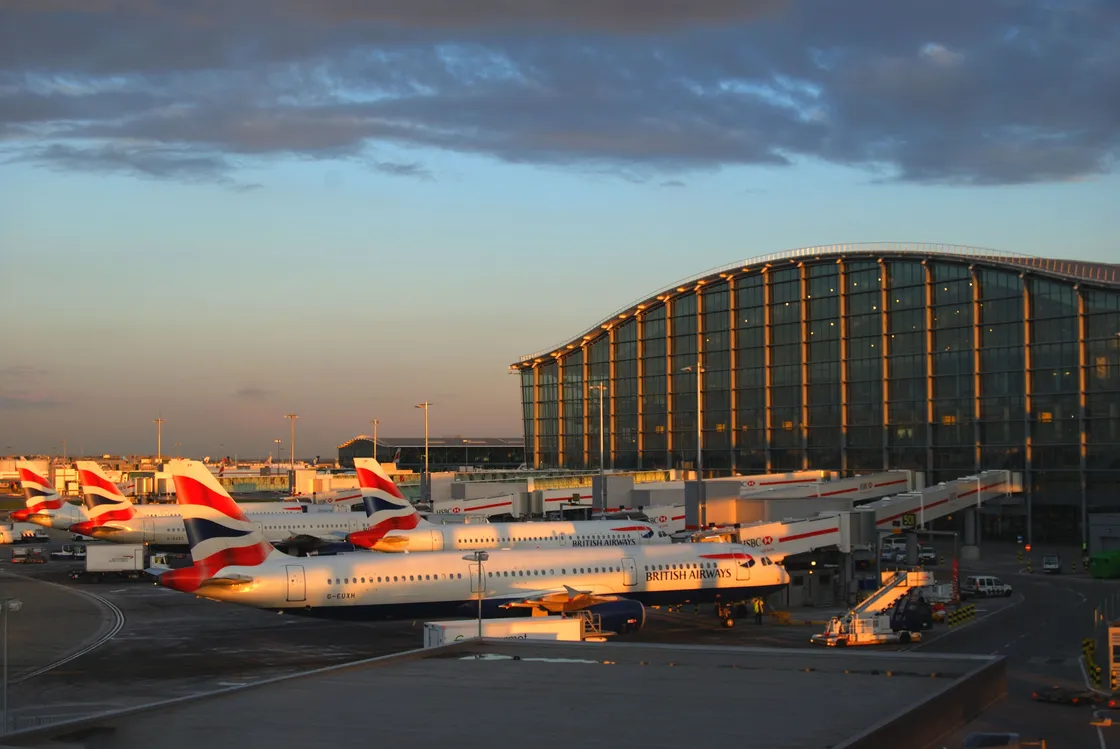
Heathrow Terminal 5.
In the 1950s and 60s, people were recruited from Commonwealth countries like India, Bangladesh and Pakistan to work at Heathrow. Many of these South Asian families settled in nearby suburbs like Southall and Hounslow.
Archeological finds at Terminal 5
The Heathrow site was enlarged once again to make space for Terminal 5, which opened in 2008.
Before construction began, an extensive archeological dig took place. It was one of the biggest in the UK to date. It uncovered some 80,000 artefacts from over 9,000 years of human history, ranging from the Neolithic period through to medieval times.
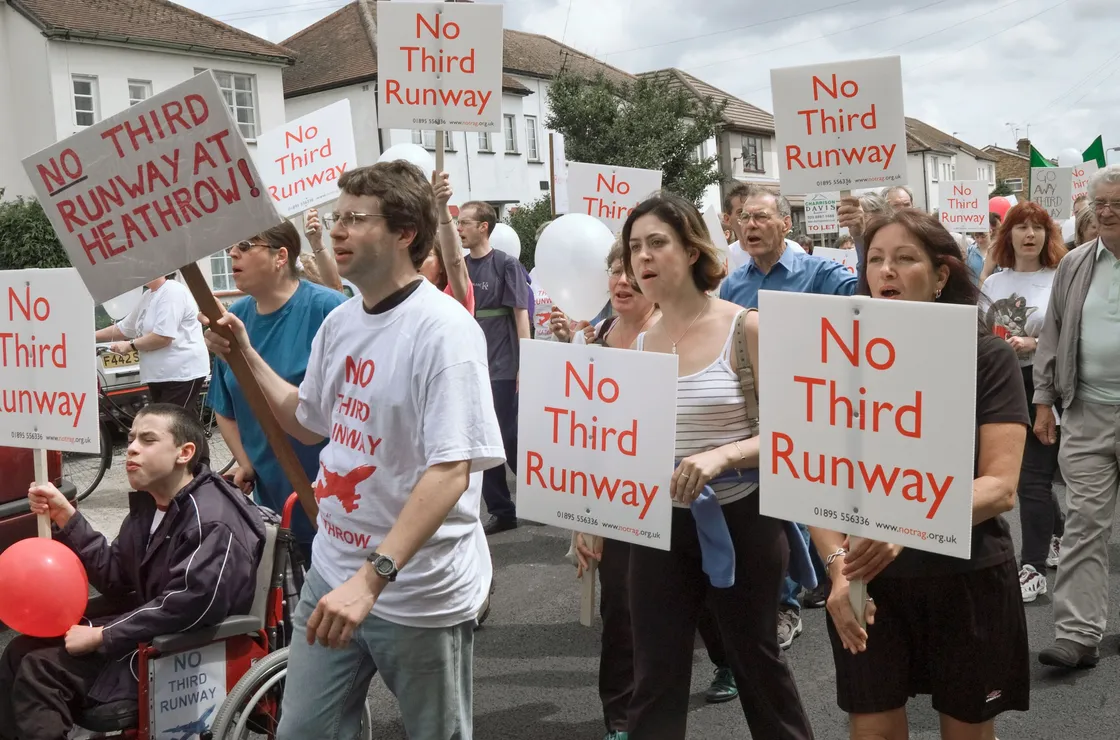
Residents in Harlington marching against plans for a third runway at Heathrow.
A third runway?
As one of the world’s busiest airports, Heathrow’s owners are keen to continue expanding its capacity by building a third runway and another terminal building.
In 2009, a plan was approved by the government – only to be abandoned following fierce opposition from environmental groups and local residents.
But more than a decade on, debate continues as to whether expansion should go ahead, or if alternative solutions should be sought.



